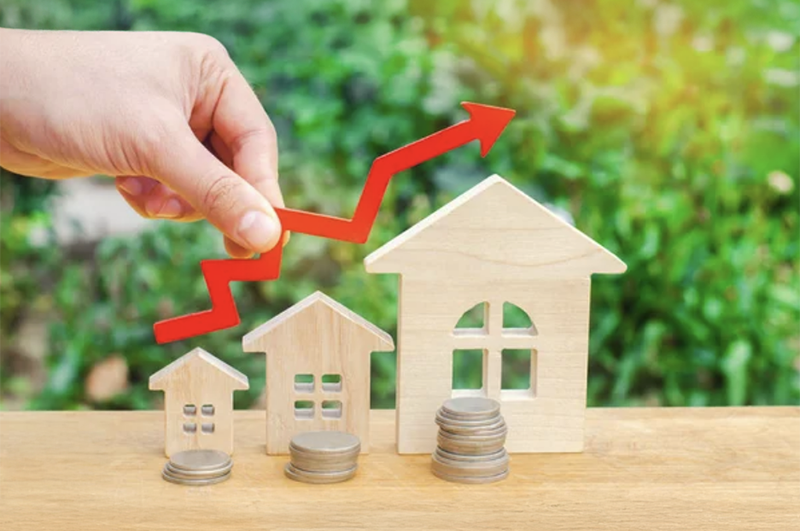In 2025, home prices in many parts of the United States will have gone up fast, faster than most experts expected. Between January and July, the median home list price climbed about 10%, which equals roughly $39,000 more for the average home. That increase brings the market close to the record highs seen during the housing boom of 2022.
Even though interest rates have stayed relatively high, buyer demand has not cooled off much. Many Americans are still trying to buy homes, but the number of homes available for sale is far too low. As a result, competition has pushed prices up in cities that were once considered affordable.
The Main Reasons Behind the Price Surge
One of the biggest reasons home prices have skyrocketed is the lack of housing supply. The country simply doesn’t have enough homes for the number of people who want to buy. Builders have struggled to keep up with demand due to higher construction costs, zoning limits, and shortages of labor and materials.
Experts estimate that the U.S. needs around 4.5 million additional homes beyond what’s currently being built to balance the market. At the same time, population growth and a younger generation of buyers entering the market have added more pressure.
Another factor is that many homeowners who locked in low mortgage rates in previous years are choosing not to sell. That has reduced the number of listings even further, forcing buyers to compete over a smaller pool of homes.
Cities Seeing the Biggest Increases
While housing prices have risen nationwide, some smaller and mid-sized cities have seen especially dramatic growth. According to housing data from the first half of 2025, many of the cities with the fastest price increases are located in the Midwest and smaller college towns.
Midland, Michigan, leads the list with prices jumping more than 50% compared to earlier in the year. Athens, Ohio, followed closely with nearly 50% growth, and Austin, Minnesota, wasn’t far behind with a 46% increase. Other cities that saw major spikes include Peoria, Illinois; Bay City, Michigan; and Quincy, Illinois.
In many of these areas, homes started out at relatively low prices, so even a moderate dollar increase translates to a large percentage gain. What’s happening in these smaller markets mirrors what has already happened in large metro areas: prices move quickly when inventory is tight and buyers compete for limited listings.
Big Percentages, But Prices Still Affordable in Some Places
It’s important to note that just because a city has a high percentage increase doesn’t mean homes there are unaffordable. In fact, many of these fast-growing housing markets still have prices far below the national average.
For example, homes in parts of Michigan, Illinois, and Alabama remain under $200,000, even after sharp increases this year. That makes them appealing to first-time buyers or people looking to relocate from expensive coastal states. These smaller cities often attract new residents because of their lower cost of living, safer neighborhoods, and job opportunities in manufacturing, healthcare, and education.
So while the numbers look dramatic on paper, many of these communities remain among the most affordable in the country.
What This Means for Buyers, Sellers, and Local Economies
For homebuyers, this surge means they may have to move quickly, make stronger offers, or look in different neighborhoods to find something within their budget. Higher mortgage rates and limited options are also keeping many buyers on the sidelines, waiting for prices to cool down.
For sellers, this is a chance to get top dollar for their homes, but it’s a double-edged sword. Selling high means they’ll likely have to buy high somewhere else unless they’re downsizing or relocating to a cheaper area.
For local economies, rising home prices can be both good and bad. On the one hand, it boosts property values and tax revenue. On the other hand, it can push out longtime residents and make it harder for young families or essential workers to stay in the area.
Conclusion
Overall, 2025 has shown that America’s housing market remains strong but deeply uneven. Some cities are booming while others are stabilizing. What’s clear is that the demand for homes isn’t slowing down, and until the country builds enough new housing, prices are likely to stay high.






